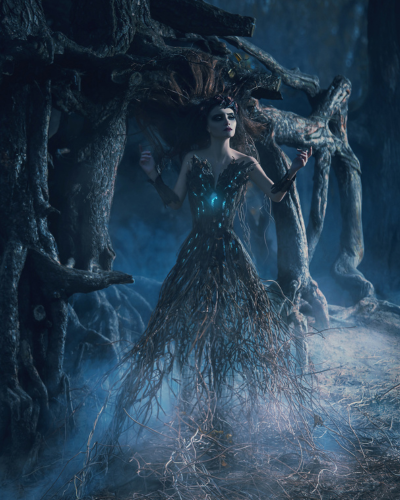Samhain: the Irish Origin of Halloween
As Halloween approaches, it’s time to get into the spirit of spooky season! We’re busy trying to organise a group costume here at Gaelchultúr (is Barbenheimer overdone at this stage?), yet the people of Ireland in the past would have been under a different kind of pressure at this time of year, as they prepared themselves to protect their houses and their lands from the approaching fairy invasion – as you do!
Confused reading this? Perhaps we should provide a little context!

Oíche Shamhna (the Irish for Halloween, pronounced ‘Ee-heh How-na’) originated in Ireland, and Samhain (the Irish for November, pronounced ‘Sow-in’) was the original name of the festival. The Gaelic new year and the beginning of winter were both marked on the first day of November, which was called November Day, or ‘Lá Samhna’ in Irish. According to Irish mythology, the night before Samhain, November Eve (or ‘Oíche Shamhna’ in Irish), was a liminal time in which the lines between this world and the ‘alltar’ (the Irish for ‘Otherworld’) were blurred, due to the night’s lying between one year and the next. Irish folklore says that spirits and fairies were able to cross the blurred boundaries into our world. The Irish had customs to deal with the fairy invasion, however, some of which we still practise to this day without realising it!
Bonfire: Bonfires weren’t always about collecting wooden pallets and drinking cans of beer with friends! People would light animal bones to ward off evil spirits and this is why to this day we use the term bonfire, or ‘tine chnámh’ (the Irish for bonfire, pronounced ‘chin-eh khnawv’). They believed that this bone fire contained cleansing properties and the power of life, and they would spread the bones’ ashes on the land to keep the dead away and to bless the crops for the next harvest. It’s clear that these people weren’t mistaken about the fire’s magical abilities to keep death at bay, as it just so happens that bone ashes make for good fertiliser to grow crops.
Jack-o’-lantern: The name ‘‘jack-o’-lantern’’ (or ‘Seán na Gealaí’ in Irish, pronounced ‘Shawn nah Gyally’) was inspired by the character of Stingy Jack from a Dublin urban legend. Stingy Jack is a ghost whose soul was banned from entering both heaven and hell and who can be seen walking around carrying but a lantern he made from a turnip, earning him the nickname Jack O’ Lantern. People would make their own turnip lanterns like Jack’s and leave them at the doorstep of a house to light the way for Jack, or any other lost soul, through purgatory. Nefarious faces were also carved into them so as to scare off any evil spirits from the house.
Trick or Treat: The Irish would dress up as fae people during the Samhain festival so that fairies wouldn’t be able to distinguish themselves from their human counterparts. Realising that the costumes confused humans too, teenagers would extort treats from adults, threatening to curse their land if their demands weren’t met. This practice continues nowadays (but thankfully in much more innocent manner!) with the Halloween tradition of ‘bob nó breab’ (pronounced ‘bub no brab’), or ‘trick or treat’!
Do you practise any of these Halloween customs? If you’d like to learn more about this frightful festival and immerse yourself in the magical world of Irish folklore check out Gaelchultúr’s range of ‘Irish folklore courses’.


